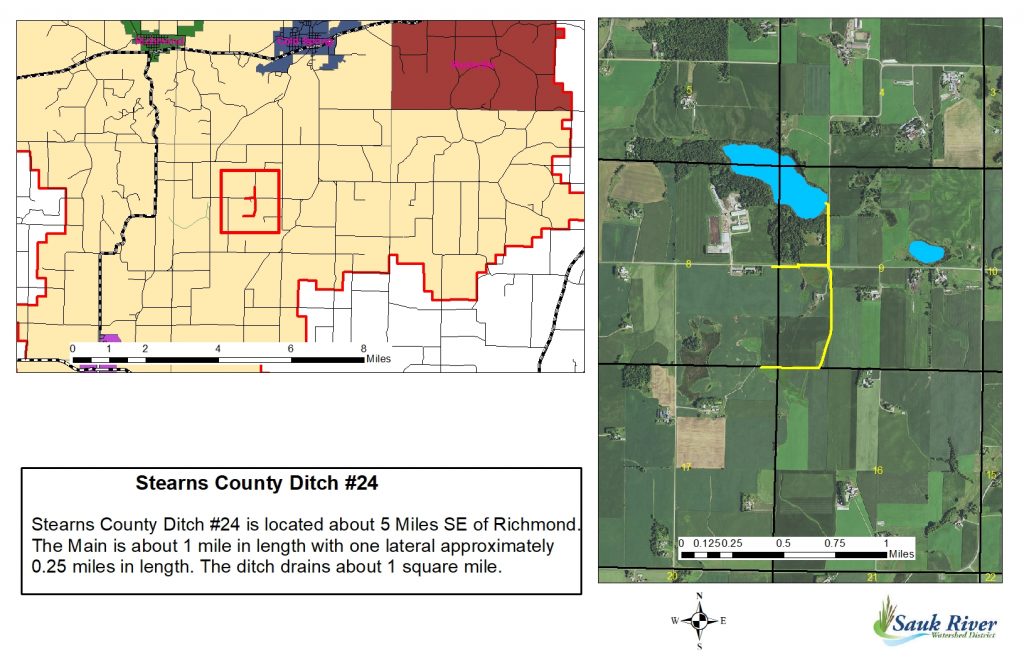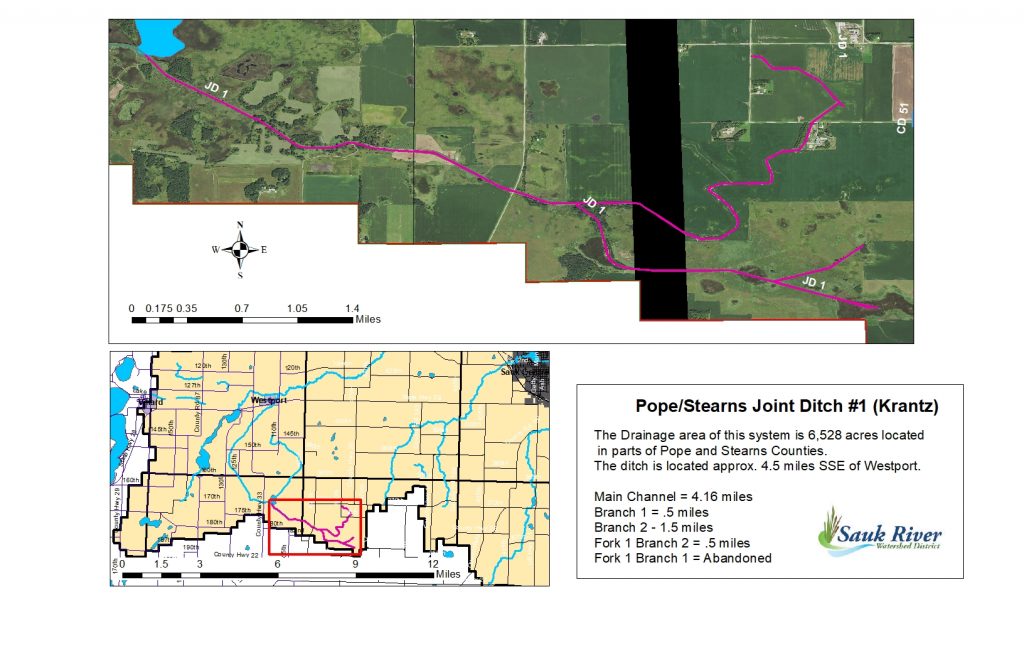The viewers premise was that all agricultural lands are drained to some extent whether it is with tile drainage and/or surface drainage improvements. If tile drainage is present that extends beyond the current direct benefitting area and these properties are identified at the public hearing adjustments can be made by the drainage authority to added them to the direct benefitting area.
The viewers determine benefits to all property within the watershed of the ditch, whether the property is benefited immediately from the ditch or the ditch can become an outlet for drainage, makes an outlet more accessible, or otherwise directly benefits the property. The benefits may be based on: an increase in the current market value of property as a result of constructing the ditch; an increase in the potential for agricultural production as a result of constructing the ditch; or an increased value of the property as a result of a potential different land use.
The viewers may also assess benefits to property that is responsible for increased sedimentation in downstream areas of the watershed or property that is responsible for increased drainage system maintenance or increased drainage system capacity because the natural drainage on the property has been altered or modified to accelerate the drainage of water from the property.
Under these standards, the viewers have substantial discretion in determining benefit. In the current redetermination of benefits, the viewers gave consideration to the elevation of land above the ditch and whether that land could drain to a reasonable outlet with or without the ditch. Such properties, though not directly benefited by construction of the ditch, do accelerate drainage and sediment delivery to the ditch and do create capacity requirements in the ditch. Benefits were determined to such properties on that basis.












